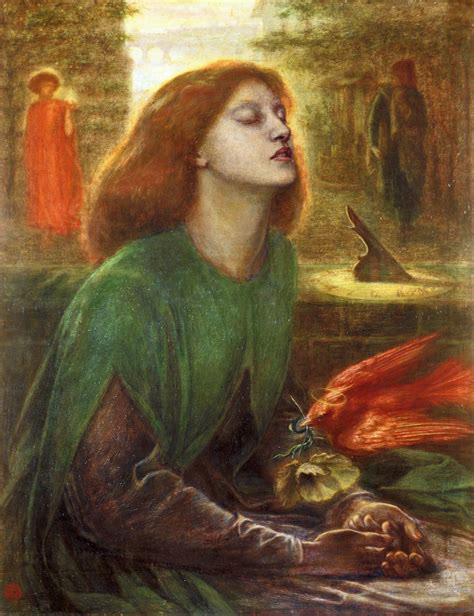The art world of 2023 was indeed a cornucopia of historical revelations and contemporary expressions. At the heart of these revelations was the astonishing discovery of Artemisia Gentileschi's "Susanna and the Elders" at Hampton Court. Hidden in plain sight and misattributed for centuries, this painting's re-emergence not only redefined Gentileschi's oeuvre but also shed new light on the narrative of women in art history.
In parallel, the legacy of Joshua Reynolds was re-evaluated and celebrated, marking the 300th anniversary of his birth. His influence as the first President of the Royal Academy and his contributions to the canon of British art were deeply explored, notably through an exhibition at The Box in Plymouth. The joint acquisition of his "Portrait of Mai" by the National Portrait Gallery and the J. Paul Getty Museum further exemplified the enduring relevance of his work.
2023 was also a year that saw a remarkable array of art fairs across the globe. From Art Basel in Hong Kong to Art Paris, Enter Art Fair in Scandinavia, Investec Cape Town Art Fair, Market Art Fair, and EXPO CHICAGO, these events celebrated a diversity of contemporary artworks and attracted a global community of artists, collectors, and enthusiasts. They were crucial in shaping the art market and cultural discourse of the year.
Major exhibitions around the world also left indelible marks. "Bob Thompson: This House Is Mine" at the Hammer Museum, for instance, revisited Renaissance masterpieces with a contemporary perspective. The Museum of Modern Art's "Georgia O’Keeffe: To See Takes Time" highlighted her innovative works on paper. In Tokyo, Hiroshi Sugimoto’s retrospective at the Shoto Museum of Art combined his photographs with historical artifacts, presenting a unique dialogue between past and present.
Surrealism, a movement with its roots in the early 20th century, experienced a significant resurgence in 2023. This renewed interest was evident in several museum exhibitions and permeated various forms of visual culture, from galleries to films. It reflected a collective sentiment of our times, commenting on the complexities and absurdities of the modern world
As the year 2023 comes to a close in the art world, a most exhilarating period indeed! It was a year that saw the confluence of traditional mastery and contemporary dynamism, particularly in the vicinity of London's hallowed Royal Academy. Across the street, the Flux Exhibition, held in Piccadilly, emerged as a remarkable counterpoint to the retrospective of Marina Abramović at the Academy.
The Flux Exhibition, a veritable feast for the senses, showcased an array of contemporary artists whose works embodied the spirit of innovation and creative audacity that defines our times. Among the illustrious artists was MOD Marcela Olivia Dorantes, my canvases were nothing short of a revelation.
Dorantes’ works, particularly "Joan of Arch and the Turtle" and "Joan of Arch and the Lion", I presented an intriguing interplay of historical narratives and animal symbolism. These paintings, rich in texture and depth, spoke volumes of my artist's ability to juxtapose the legendary figure of Joan of Arc with animal motifs, thereby weaving a tapestry of myth and reality. The choice of animals, a turtle and a lion, could be seen as metaphors for resilience and courage – qualities synonymous with Joan of Arc herself.
In addition to these, the series "Dreaming London" Cats paintings are a delightful ode to the city's less celebrated inhabitants. Painted with a finesse that captured the enigmatic aura of felines, this work resonated with the vibrancy of London's urban landscape. The backdrop of Tower Bridge not only anchored the paintings in a specific locale but also added a sense of grandeur and history. The artist self portrait explored her attendance to other art exhibitions in the city notably Tim Patrick.
The Flux Exhibition, in juxtaposition with the Abramović retrospective, encapsulated the art trends of 2023. Here we saw a dialogue between the boundary-pushing performance art of Abramović and the evocative, narrative-rich paintings of Dorantes and her contemporaries. This synergy highlighted a crucial trend in contemporary art – the blurring of lines between different art forms and eras, and the creation of a space where diverse artistic expressions could coexist and converse.
#fluxexhibition #joanofarch #dreaminglondon #marcelaoliviadorantes #marinaabramovic #royalacademy #londongalleries #timpatrickartist #artemisiaGentileschi #bobthompson #thishouseismine #hammermuseum #hamptoncourt #joshuareynolds #georgiao'keeffe #hiroshisugimoto #watergategallery













